Users of FOBIF’s guide to Twenty bushwalks in the Mount Alexander region should be aware that the amenity of Walk 13 has been affected by this year’s Management fire. The section of this walk between Old Coach Road and Dearden Track is mostly through burned bush, not necessarily a pleasant experience, especially since the fire has caused extensive canopy scorch. On the other hand, you might find it an enlightening experience to take the walk, to puzzle over the nature and effectiveness of Department practices. In any case, it’s to be hoped that the zone will green up between now and spring.
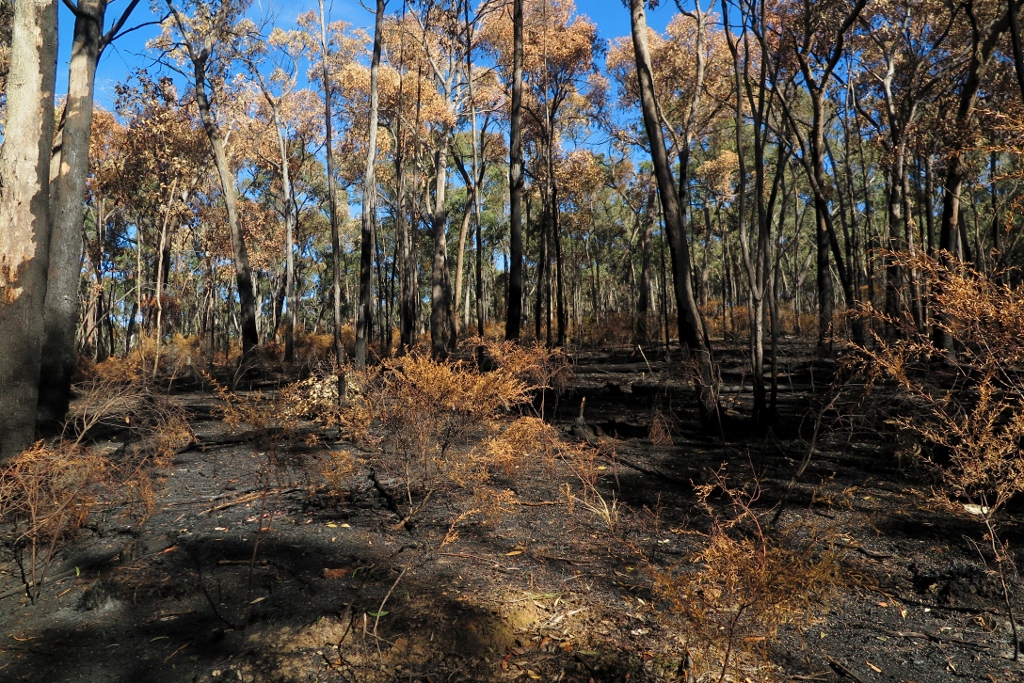
From Salt Water track. Canopy scorch has been severe in large sections of this zone.
The fire, CAS 629, centred on Salt Water track, and covering 134 hectares, was lit on April 23. It was categorised as Bushfire Moderation zone, the intention of which is to ‘manage fuel to reduce the speed and intensity of bushfires, and to protect nearby assets, particularly from ember attack.’ This kind of exercise, we are told, is also intended to ‘support ecosystems which require fire to remain healthy.’
As to the fire protection value of these burns, readers might want to check the Post below recording FOBIF’s discussions this year about reduction burning. As to the ‘ecosystems which require fire to remain healthy’, we are sceptical of this claim, for two main reasons.
Fire and ecology
Firstly, unlike traditional owner burns, these fires are too extensive to be sensitive to local ecological variation. In the present case, for example, we noticed several areas where patches of the rare Fryerstown Grevillea had been burned. Is this helping the system to stay healthy? The only way we could know is by seeing monitoring of this plant’s reactions to fire, and we don’t believe such monitoring takes place.
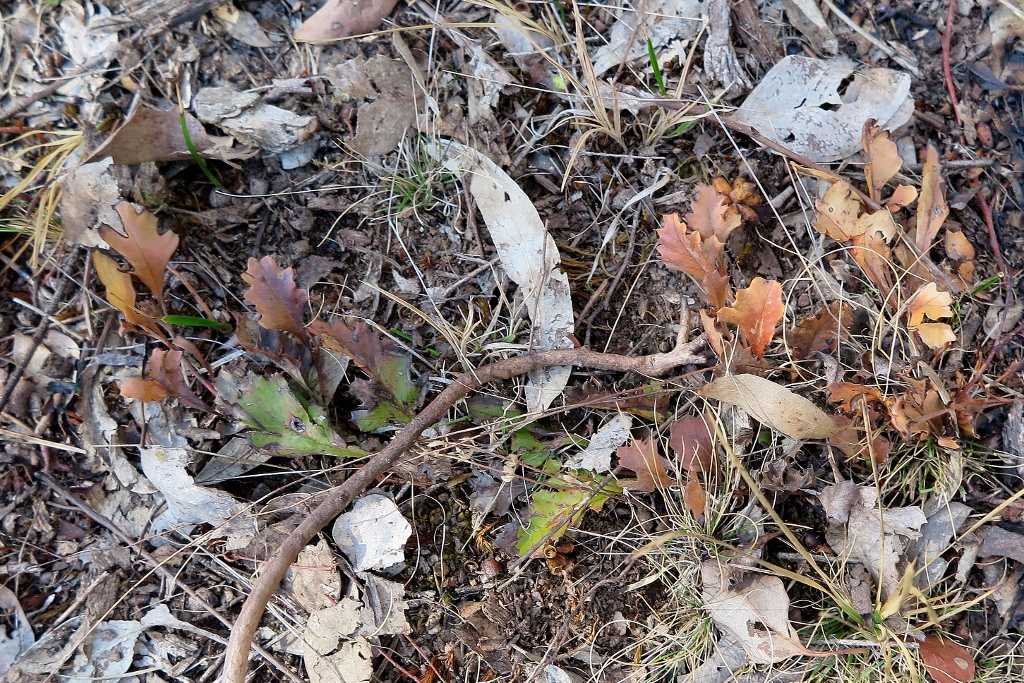
One of many burne patches of the rare Fryerstown Grevillea near Dearden Track. We believe these fires are too extensive for any significant control over ecological effects to be possible. And if they’re not possible, why are they claimed?
Secondly, almost every exercise of this nature which we’ve seen has resulted in the felling of large old trees, and this one is no exception. These trees are rare, and very important as habitat. It is not Department policy to destroy them, but the areas they’re burning are too large for them to be able to control what happens in the burn zone.
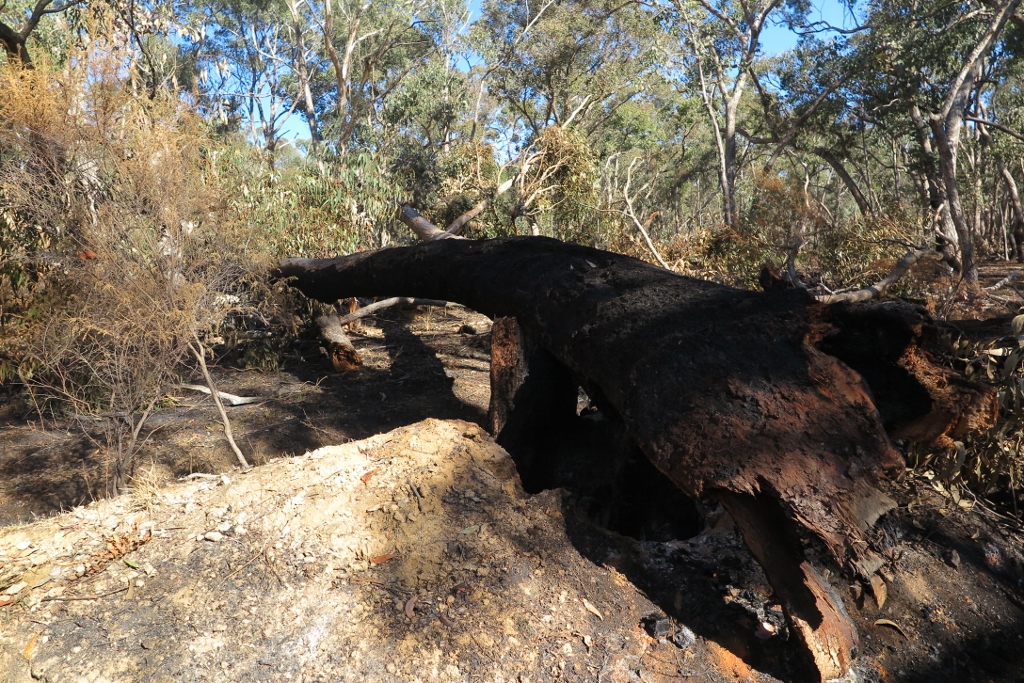
Very large eucalypt felled by the fire. Everyone agrees it’s not good that such trees are destroyed…but it keeps happening.
We could add that this area of the forest has some extensive patches of dense and flammable weeds. One such, a large infestation of gorse, is on the margins of the current burn zone. Maybe an effort to get rid of them would ‘improve ecological health’ and reduce forest flammability?
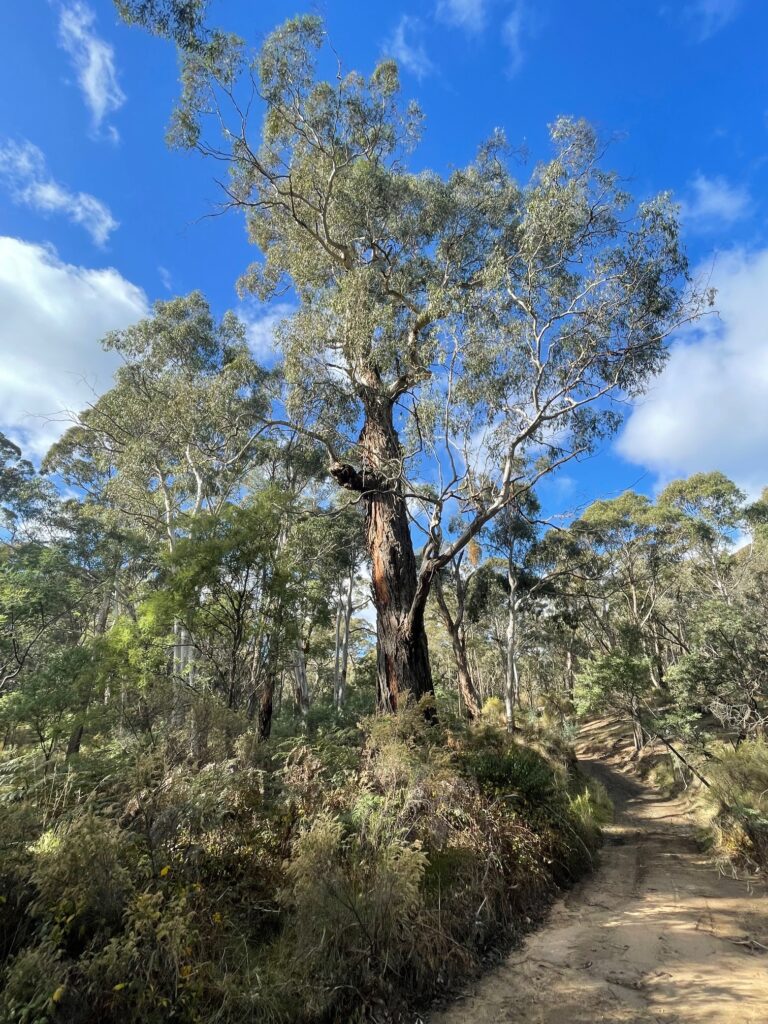

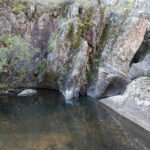
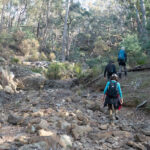
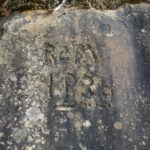
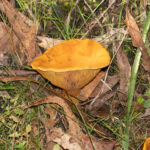
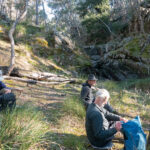
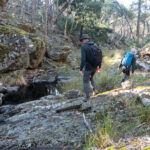
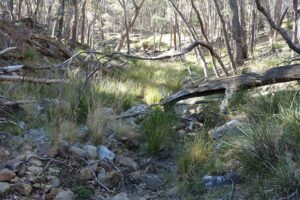
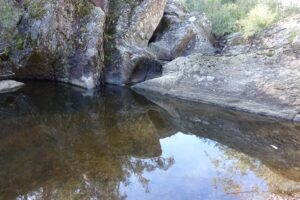
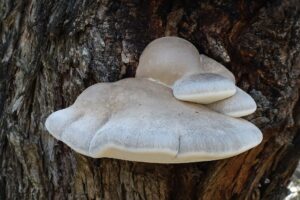
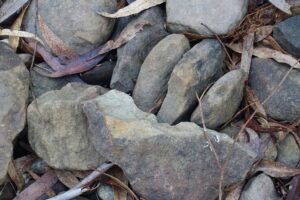
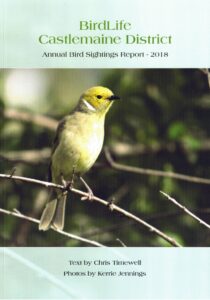
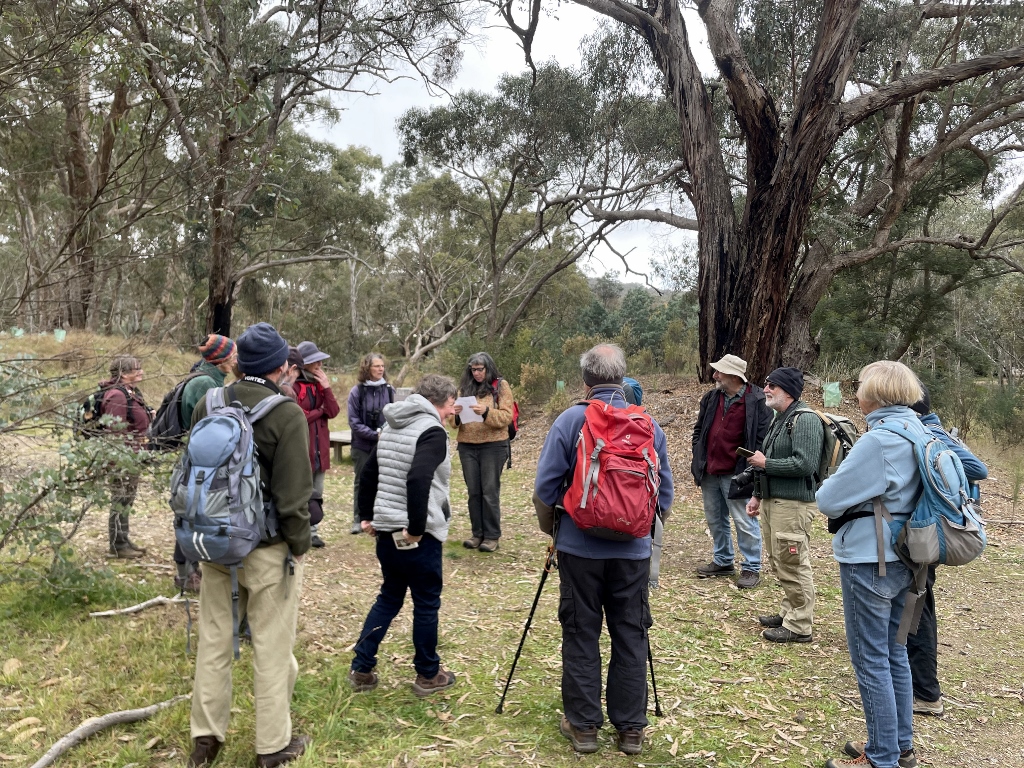
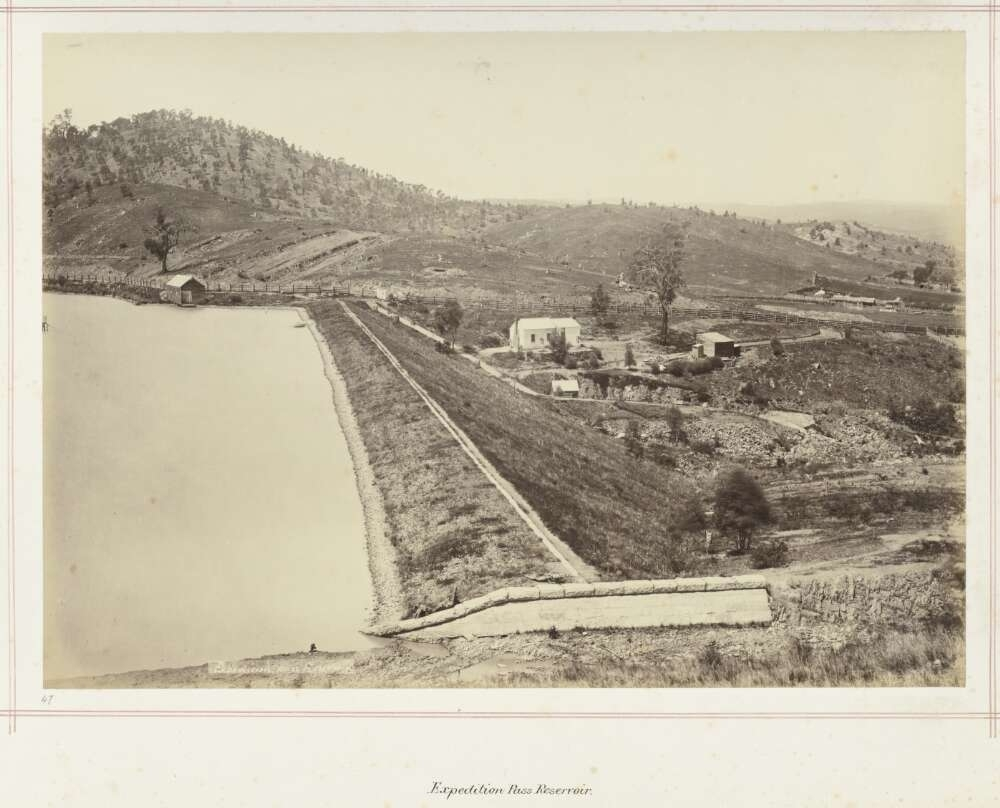
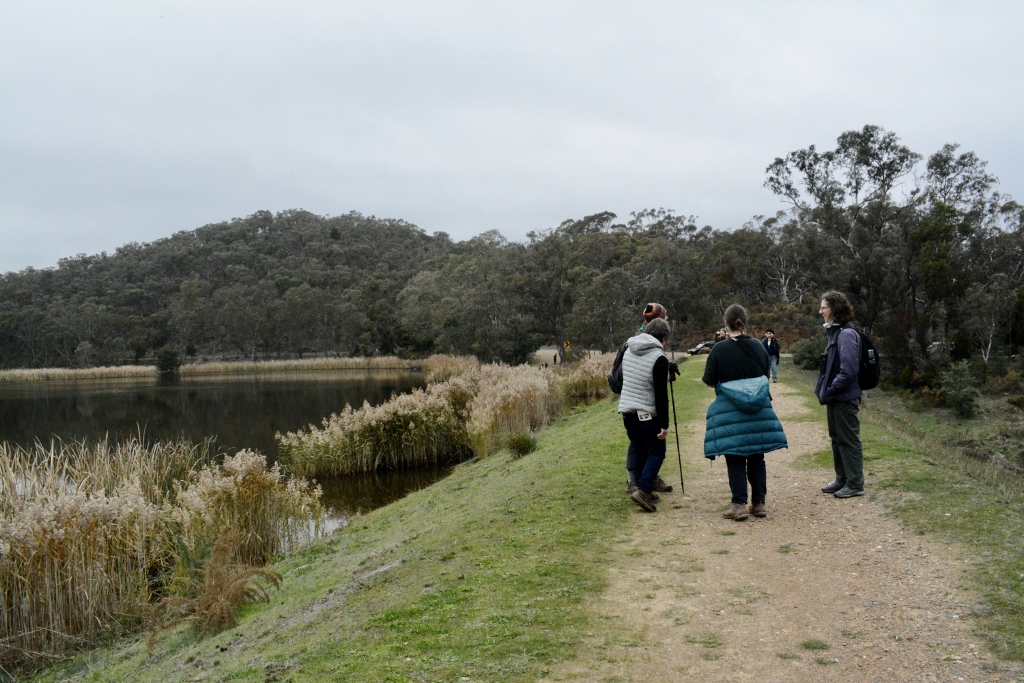



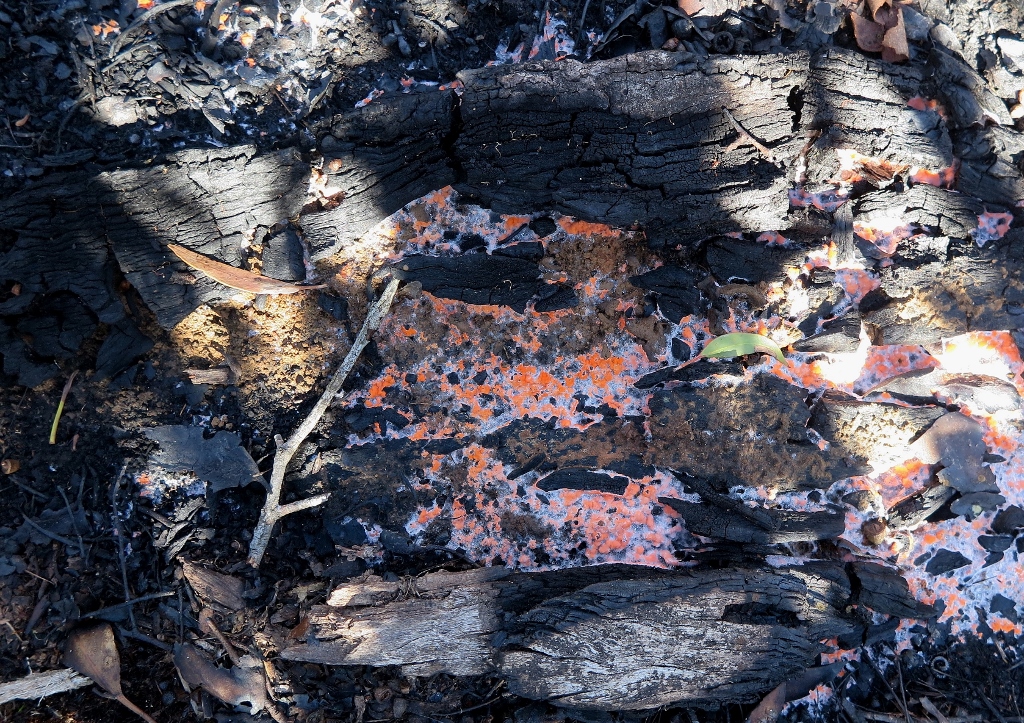
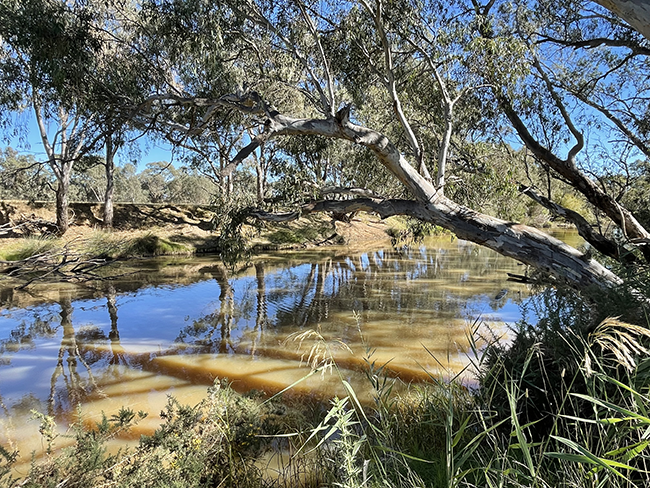
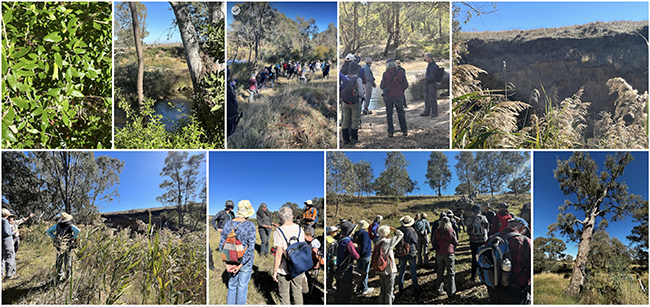
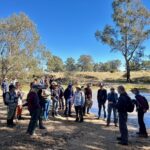
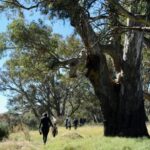
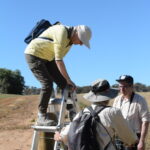
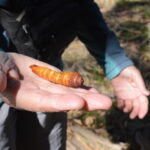
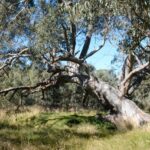
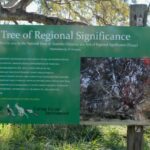



 Click on image for info/order page
Click on image for info/order page Click on image for info/order page
Click on image for info/order page Click on image for info/order page
Click on image for info/order page




















